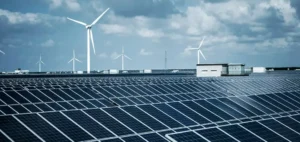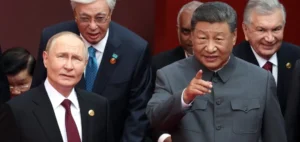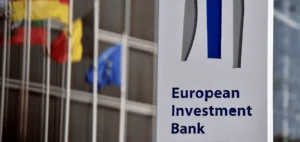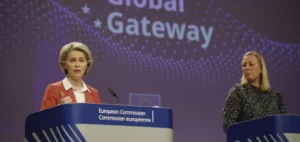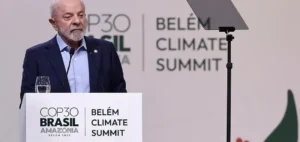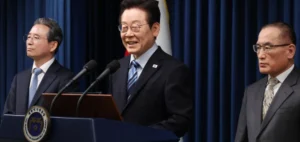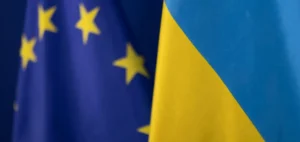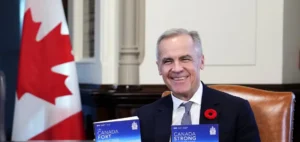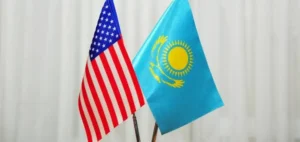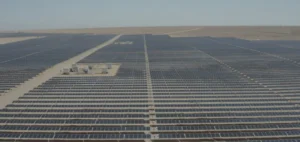Whether one appreciates the political figure or not, an objective observer can easily see that Donald Trump has brought his seasoned businessman approach—based on constant power plays and controlled uncertainty—into the White House. Since his first term (2016-2020), he has implemented significant tariffs, notably on imported steel and aluminum, directly impacting North American energy industries. Officially, this assertive strategy aimed to protect American industrial interests while setting favorable conditions for future trade negotiations. The immediate consequences were increased production costs for U.S. energy companies and a significant shift in trade dynamics with Canada and Mexico.
An aggressive tariff policy during the first term
Beginning in 2018, Trump introduced tariffs of 25% on steel and 10% on aluminum imported from Canada and Mexico. These measures resulted in direct consequences, significantly raising costs for strategic energy projects like the Keystone XL pipeline and cross-border electrical infrastructures. For instance, Canada experienced a 17% decline in steel exports to the United States the following year, according to the U.S. Department of Commerce. Meanwhile, American companies faced additional expenses estimated at over $5.6 billion in 2018, as reported by the Peterson Institute for International Economics, directly linked to these tariff decisions.
This assertive strategy culminated in the successful renegotiation of the United States-Mexico-Canada Agreement (USMCA), replacing the North American Free Trade Agreement (NAFTA). This new agreement allowed the United States to fundamentally reshape regional trade rules, providing a strategic advantage to American energy industries, particularly in hydrocarbons.
Trump and indirect control over oil prices
During his first term, Trump also demonstrated his ability to directly influence the Organization of the Petroleum Exporting Countries (OPEC). Whereas his successor, Joe Biden, would later face difficulties obtaining immediate responses from OPEC, Trump achieved rapid production adjustments following simple public statements. For example, in April 2020, his direct interventions helped stabilize the global oil market, driving Brent crude prices from approximately $20 to around $30 per barrel within a matter of weeks.
This capability to swiftly and effectively influence global markets underscored Trump’s distinctive mastery over energy economics, clearly differentiating him from his predecessors. Such influence not only protected American oil interests but also allowed him to subtly steer global prices in alignment with his economic and diplomatic strategies.
Second term: toward a strategy of managed bluffing?
Since returning to power, Trump appears to have adopted a more subtle and ambiguous approach, contrasting with his initially aggressive style. His recent announcement of significant tariffs on Canadian and Mexican imports, originally scheduled for the first quarter of 2025, has been repeatedly postponed, thus prolonging economic uncertainty in North American markets. Ontario reacted directly by imposing an exceptional 25% surcharge on electricity exports to the United States—a predictable response swiftly leveraged by Trump, who now promises a strictly proportional response to Canada’s move.
This indirect negotiation method seems now central to Trump’s strategy: prompting trade partners to react first, enabling him to position himself as a defender rather than the initiator of economic conflicts. This stance minimizes his immediate political liability while maximizing potential economic benefits for the United States.
Sino-American trade war: a model or an exception?
During his first term, Trump also waged an unprecedented trade war against China, notably imposing massive tariffs on $360 billion worth of imported goods, including rare-earth elements crucial to America’s technology and energy sectors. Following a prolonged period of significant economic instability, this confrontation concluded in late 2019 with the signing of a partial trade agreement (“Phase One”), leaving the majority of initial tariffs in place. Chinese imports subjected to tariffs saw average duties rise to approximately 25%, permanently reshaping bilateral trade relations.
This approach, combining initial strong confrontation and eventual partial negotiation, may now be replicated in U.S. relations with its North American partners. Recent tariff announcements and subsequent repeated delays concerning Canada and Mexico reinforce the existence of a complex strategy, grounded in both bluffing and the anticipated reactions of economic and political actors involved.



